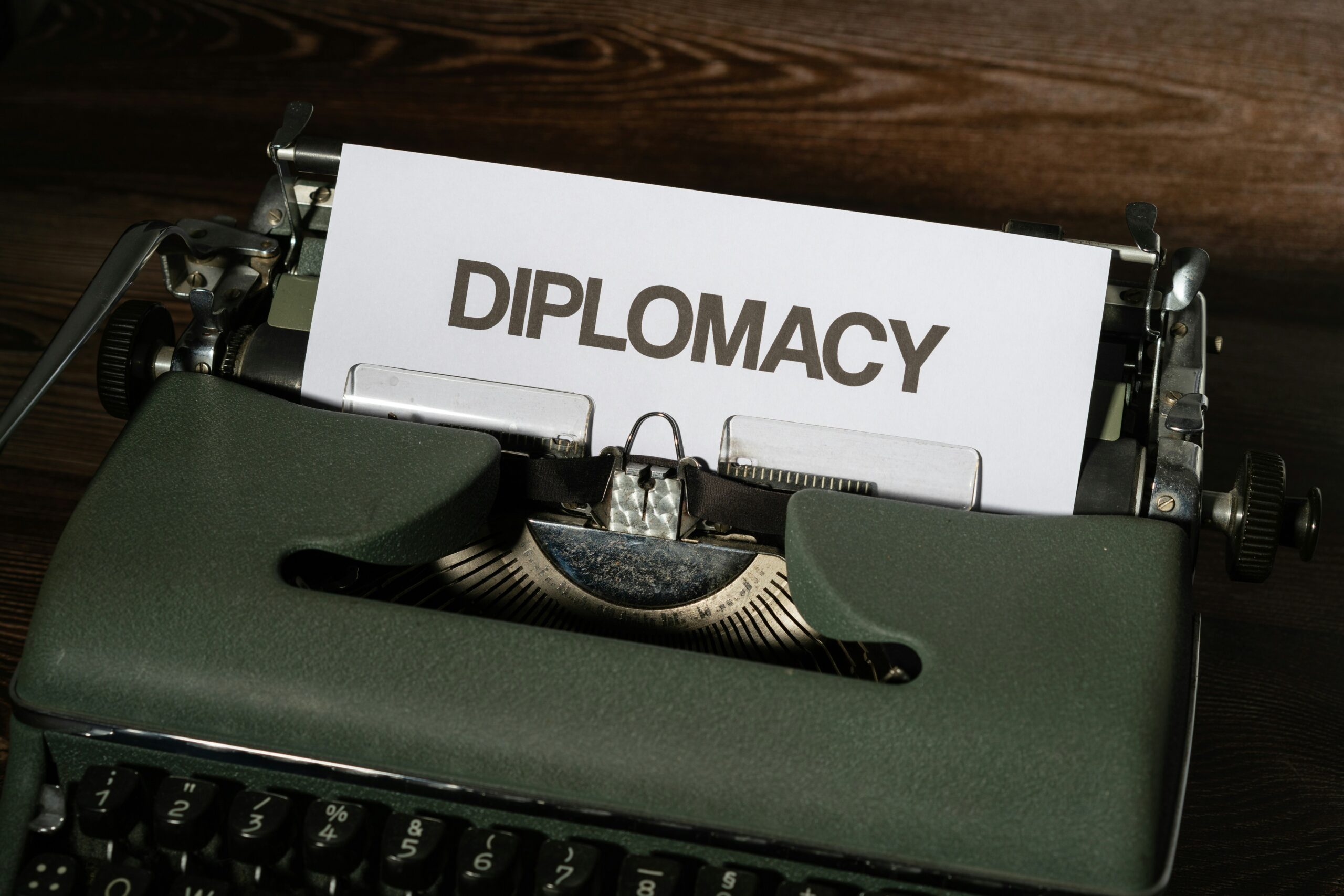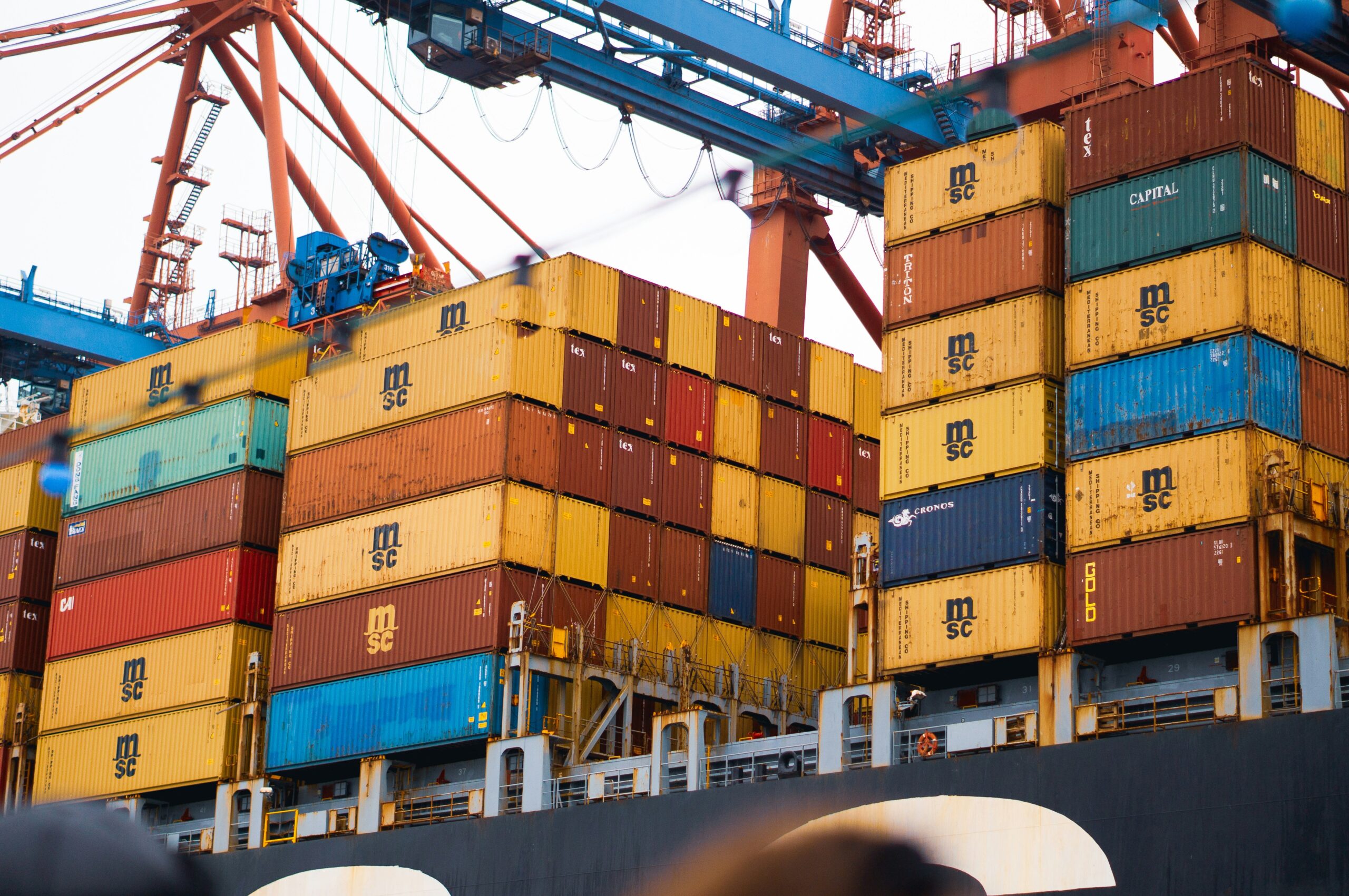Italy encloses the tiny landlocked country of San Marino, which uses trade agreements to connect with European and global markets to preserve economic stability. Considering its small size, the nation is highly dependent on commerce, especially with the EU, to reach wider markets and guarantee the flow of cash, products, and services. Several important agreements enable San Marino to take advantage of economic cooperation with the EU and other partners, despite the fact that it is not a member of the EU. The main trade agreements that influence the commercial and economic environment of the nation are listed below.

Customs union with the EU
Endorsed in 1991 and executed in 2002, the customs union agreement between San Marino and the European Association oversees its tasks. This customs union simplifies it for the nation to get to European business sectors by permitting it to exchange items with EU countries without bringing about duties or customs expenses. San Marino’s tariffs are brought into line with those of the EU via the customs union, which makes trade and regulatory procedures easier for local companies. Because of this agreement, San Marino’s modest economy has been able to closely integrate with the EU, particularly with Italy, which is its main commercial partner. The customs union mostly regulates trade in commodities, which is advantageous for San Marino’s industrial industry, especially in sectors like electronics, textiles, and ceramics. The customs union deal makes the nation more competitive and helps draw in foreign investment by guaranteeing tariff-free commerce with the EU.
Negotiations for EU association agreement
The European Union and San Marino have been negotiating a further association agreement that would expand the nation’s EU involvement beyond the customs union. Since 2015, there has been debate of an association agreement that would provide San Marino more access to the EU single market for money, people, commodities, and services. This is much like the agreements enjoyed by nations in the European Economic Area (EEA). Should the association agreement be finalized, it would make cross-border company operations simpler, boost labor mobility, and assist the nation’s tourist and finance industries. San Marino’s legal system may potentially be brought into compliance with EU norms in areas like digital commerce, environmental standards, and consumer protection via an EU association agreement. By allowing the nation’s companies to function more smoothly in the European market, this integration would promote resilience and economic development.
Agreement with Italy
Because Italy and San Marino are so near, they have a strong economic and trading partnership. With more than 80% of the nation’s commerce, Italy is by far its biggest commercial partner. Trade, economic collaboration, and regulatory alignment are all made easier by a number of accords that regulate this intimate connection. The two countries enjoy a stable trading and investment climate because of agreements between them that cover issues like residence, cross-border services, and taxes. A unique monetary arrangement with the EU also allows the nation to use the euro as its currency. San Marino is permitted under the agreement to mint a limited number of euro coins with national insignia, and its banks partially adhere to EU financial laws. This monetary arrangement promotes economic stability and ease of commerce by further integrating the nation’s economy with that of Italy and the larger Eurozone.
WTO membership
After joining the WTO (World Trade Organization) in 1995, San Marino is able to participate in the overall multilateral trading system that is controlled by trade regulations. The nation accesses the WTO’s guidelines-based system, which encourages fair exchanging practices and brings down trade obstructions universally. Membership gives a forum to the country to take part in global exchange talks. WTO membership allows the country to seek dispute settlement and get technical help for trade-related concerns, even if its trade volume is relatively modest globally. San Marino may take advantage of capacity-building initiatives that help it achieve its trade and economic development objectives. It can also execute obligations with more flexibility thanks to the WTO agreements’ unique provisions for tiny countries.
Regional and bilateral treaties
San Marino has few bilateral trade agreements outside of the EU but maintains diplomatic and economic ties with several nations to promote global investment and commerce. In order to improve ties with third-party countries, The nation often makes use of its WTO membership and EU accords. Additionally, it has agreements and tax treaties with a number of nations, notably Italy, to prevent double taxation, which encourages international investment and economic collaboration. These pacts aid the country in luring international companies, particularly in industries like manufacturing, tourism, and banking.
You may also find these articles helpful
European Union Customs Union (EUCU)



